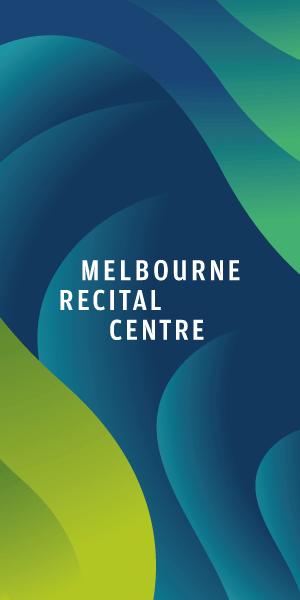Nu-muralism
Melbourne has long had a thriving street art and urban scene, and murals are becoming an ever-increasing part of this culture.
The rise of the nu-muralism in Melbourne can be traced back to the 1980s, when graffiti and street art became the fabric of youth culture in the city.
In the late 1990s, artists like Psalm and Ha Ha began putting stencils on the streets and Citylights had parties in the lanes and by 2000, the Melbourne Street art scene began. It was highly illegal and closely linked to the graffiti scene with stencils, stickers and simple characters dominating the early street scene. It was a highly political time with the bombing of the Twin Towers and the invasion of Afghanistan, and the artwork was very reflective of that.
In 2006 Melbourne erased large sections of artworks around the city and along the train lines for the opening of the Commonwealth Games, and graffiti laws were made much harsher. This had a dramatic effect on the street art scene and the overall aesthetics of Melbourne.
By 2010 street art had become popular and many of the artists were becoming famous and making bank.
By 2012 the City of Melbourne started to take a more proactive approach to street art and began to commission artists to create murals in public spaces, while maintaining a zero tolerance on graffiti.
This divide led street art to become part of popular culture and forced graffiti back to the underground. As street art became celebrated many ordinary people saw it as a way to make art, and a gateway to the art world, and joined in the fun, changing the scene. Not wanting to get in trouble many street artists kept their art to the laneways and sanctioned spaces pushing it off the streets and furthering the divide between graffiti and street art.
The government has walked a careful line as Melbourne street art is in all the travel magazines, and is a highly celebrated part of Melbourne’s creative culture.
Governments and corporations have funded much of the street art of significance around the city, and this has changed street art, as the artists compete for funding and recognition.
This change led to beautiful murals that are very far away from the street art beginnings. Nu-muralism is the term I give to these beautiful government sanctioned murals, and I like them.
The content is often dictated, so the murals become a demonstration of technique, but nu-muralism is now a part of the fabric of Melbourne urban culture.
I miss the days of discovering illicit art on the street, but all things must change. These days urban artists can make a good living with nu-muralism and can travel the country painting silos and water towers.
Nu-muralism and urban art is seen as a reflection of the city’s cultural diversity and creative spirit. It has also helped to revitalise neglected areas of the city, helping with gentrification and value.
The city continues to embrace street art as an important part of its cultural identity, and the rise of the mural in Melbourne shows no signs of slowing down. •

City of Melbourne unveils next urban forest plan for the CBD





 Download the Latest Edition
Download the Latest Edition